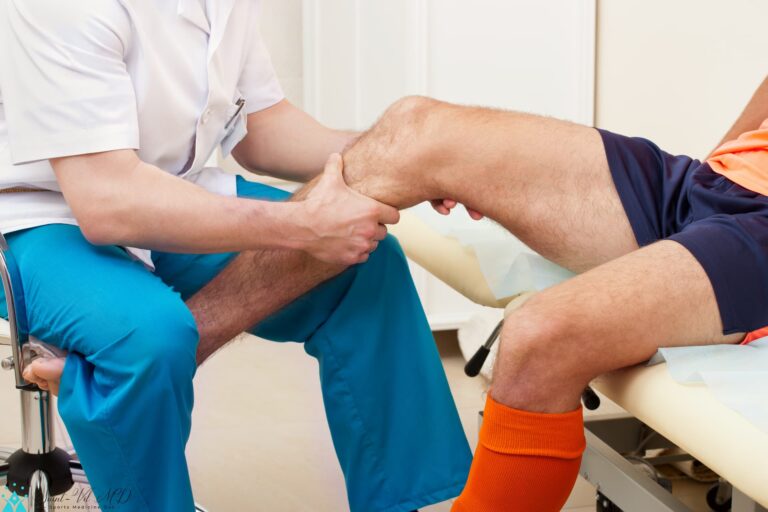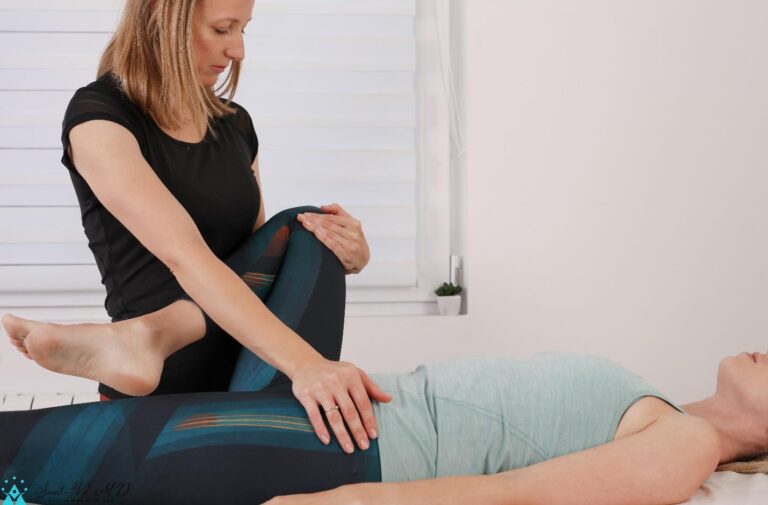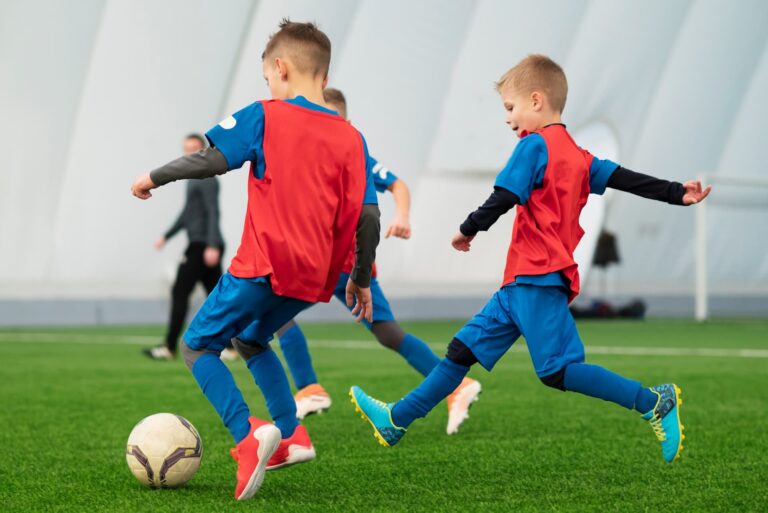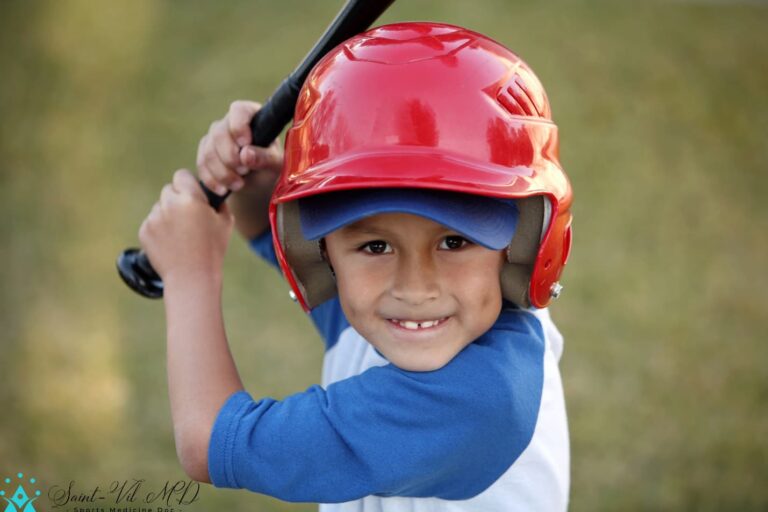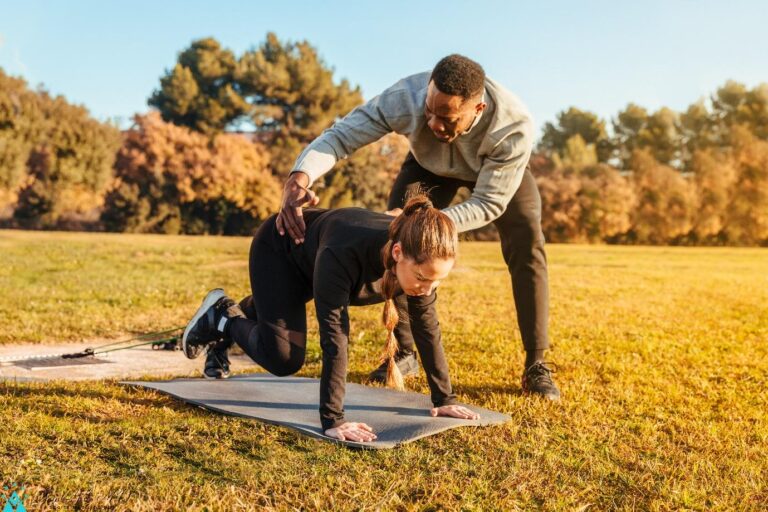
Best Injury Prevention Tips for High School and College Basketball, Hockey, Wrestling, and Swimming Players
Young bodies are flexible and heal faster. However, young people are relatively active and at increased risk of sports injuries. Injuries in children and adolescents differ from that in adults. Compared to adults, the body’s water content is higher in adolescents, making them more flexible, and their bones are also less brittle.
Nonetheless, it is vital to understand that severe injuries in this age group may have long-term negative consequences. It may even result in disabilities. Hence, injury prevention is critical for sportspeople of any age group.
What are the risks?
Injuries in high school and college sports are pretty common. Although data varies, it is clear that a few million adolescents are injured yearly, many of them severely. It results in more than half a million doctor visits every year. And only among high school athletes, 30000 require hospitalization.
Kind of injuries vary significantly and would depend on the type of sports one participates in. However, sprains and strains are pretty common in almost any sport. But, of course, they are more likely to occur in basketball or wrestling than in swimming. Similarly, fractures are also more likely in basketball, wrestling, and hockey but quite unlikely in swimming. The chances of sprains, strains, and joint dislocation are high in wrestling. On the other hand, the risk of contact injuries causing fractures is pretty high in hockey.
In the case of swimming, poorly prepared adolescents might injure the shoulder or neck. Rotator cuff tendonitis is not a rare problem among swimmers
Tips for injuries prevention
Some injury prevention measures are valid for all sports, and then there are more specific measures for each sport. Below are some of the important things to consider to prevent injuries:
• Ensure adequate physical training
If specific muscle groups are weak or the body is ill-prepared, it is a significant injury risk. This is true for almost all sports, including wrestling and swimming. After all, strains and sprains are the most common sports injuries.
• Wear protective gear
Of course, there are certain limitations in school and college sports.
Nonetheless, wearing proper attire and using protective equipment is a must. For example,
in hockey, there is a risk of severe injuries without the use of protective gear.
• Stay hydrated
Many adolescents may faint due to dehydration, not only in professional
sports but even in school and college sports. Staying hydrated can prevent not only injuries but also boost sports performance.
• Proper warm-up and stretching
It is one of the most important things to do before participating in any sport. It boosts blood flow to muscles, prepares nerves, and also helps prepare mentally

• Focus on fitness during the off-season
One of the issues with non-professionals is that they mainly train during the season. However, training all year around helps prevent sports injuries. Moreover, during the off-season, one can focus more on improving fitness rather than technique. For example, in wrestling, during the off-season, one can concentrate on building muscle strength and endurance, and during the season, focus on improving technique.
Apart from the above precautions, there are some safety tips specific to individual sports:
• Basketball
Wear proper shoes, use a mouth guard, do not wear jewelry, and play on a
clean and dry surface. In basketball, one should also be ready for an intermittent burst of activity, causing issues like ankle strains, Achilles tendonitis, and ACL injuries.
Therefore, pay attention to training your quads through squats, jumping drills, and other drills that improve movement on the court.
• Hockey
Stretch your lower back and hips, and wear sports-specific protective gear. In hockey, both the lower and upper extremities are prone to injuries. Thus, injuries like
shoulder injuries, ACL injuries, and even back injuries are common. Additionally, there is
a risk of impact injuries. When preparing for hockey, learning to minimize the risk of contact injuries is essential.
Additionally, focus on balance drills and aerobic exercises to strengthen your core. Box
jumps may also help strengthen legs and reduce the risk of injuries

• Wrestling
Stay in good shape all year round, warm up before a bout, use proper technique,
and stop training if you feel pain.
In wrestling, some common injuries are ear injuries (cauliflower ear), concussions, knee
injuries, and arm and shoulder injuries.
Not all injuries can be prevented. Nonetheless, wrestlers may pay particular attention to
strengthening their shoulders and arms.
• Swimming
Always warm up, use proper technique, work out all muscle groups, be aware
of your surroundings, and never swim if feeling unwell.
Additionally, pay attention to the dept indicators, and avoid swimming alone. To further
reduce injury risk, strengthen shoulders and core muscles, and focus on respiratory
exercises
Finally, one more tip to all sportspeople, during the off-season, try to play different sports, as this will help train various body parts, thus significantly reducing injury risk. For example, swimmers may benefit from playing badminton or lawn tennis in the off-season. Moreover, playing other sports will also help prevent burnout during the season

Wisler Saint-Vil, MD
Sports Medicine Physician
Marietta Memorial Sports Medicine
department medical director




